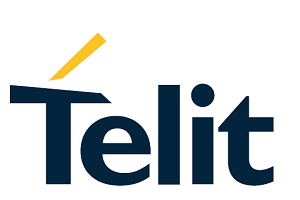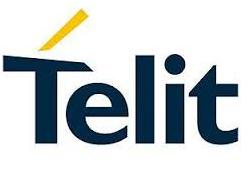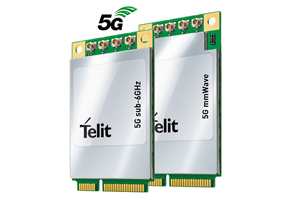Manish Watwani
Telit broadens smart module portfolio with release of new SE250B4
Irvine, Calif., 15 November 2022 – Telit, a global specialist in the Internet of Things (IoT) has announced the release of the SE250B4, the newest addition to its smart module product line. Evolving from the existing SE150A4, the SE250B4 is a fully featured “system on a module” that provides native support for integrated peripherals like
Read moreTelit ME310G1-WW and ME910G1-WW modules certified for use on Telstra’s networks
Telit, a global enabler of the Internet of Things (IoT), announced that its ME310G1-WW and ME910G1-WW modules are now certified for use on Telstra‘s LTE-M and NB-IoT networks.
Read moreTelit adds new cellular Low Power Wide Area modules to portfolio
Telit, a global enabler of the Internet of Things (IoT), announced two new Narrow Band-IoT modules to the Telit portfolio, the NE310H2-W1 and NL865H2-W1. With a global set of bands from Telit unified family form factors, the modules are ideal for 2G to 4G NB-IoT transition and offer the lowest power consumption for battery-driven applications
Read moreWireless broadband networking transformed with ‘blazing fast’ 5G wireless speeds
Telit claims it will be among the first providers of data cards based on Qualcomm Technologies’ second generation 5G New Radio (NR) modem, the Snapdragon X55 5G modem and their antenna modules with integrated RF transceiver, RF Front-End (RFFE) and antenna elements, representing an important milestone in the Telit roadmap.
Read moreQualcomm introduces next-gen cellular chipset purpose-built for IoT
Qualcomm Technologies, Inc. a subsidiary of Qualcomm Incorporated, announced its next-generation modem purpose-built for Internet of Things (IoT) applications such as asset trackers, health monitors, security systems, smart city sensors and smart meters, as well as a range of wearable trackers.
Read moreSD-WAN + LTE = More IoT manageability, reliability and flexibility
Many enterprises have IoT devices scattered across dozens, hundreds and thousands of sites—everything from stores to branch offices to remote oil wellheads. The more sites there are, the less likely it is that a single network technology or service provider can connect them all.
Read more






